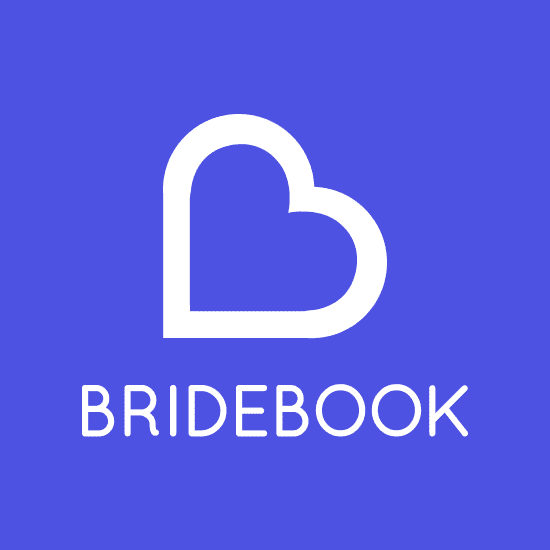Is your wedding website deemed 'relatable' by couples of today?


Nowadays, wedding suppliers can expect to work on weddings of couples differing in body shape, age, ethnicity, gender and sexual orientation.
The importance of building an inclusive wedding business online
Spend a few moments thinking about the couples you’ve worked with in the past year or two.
Think about what they looked like, how their personal styles differed and whether they surprised you by being that little bit different to others you worked with years ago.
These days, wedding suppliers can expect to work on weddings of couples differing in body shape, age, ethnicity, gender and sexual orientation. Society is becoming increasingly diverse and thankfully, increasingly accepting of diversity too.
But the media and the online wedding world is still playing catch up and we’re not seeing widespread diversity when it comes to advertisements, magazines and websites. Here are the top Google image results for the phrase ‘UK wedding magazine’:
Not astoundingly diverse results, are they.
We can see that no men feature on the front of any of these magazines, nor do any older people. And the only addition of any ethnic variation comes from a magazine specific to ‘Black Brides’.
Unfortunately, the vast majority of wedding websites, social networks and advertisements still only cater to one type of client.
And yet according to a recent Wedding Industry Insights fact sheet, 40% of straight grooms and 50% of brides and grooms of color admit that it’s difficult for them to relate to, or see themselves reflected in the content and imagery of magazines and online media. Same-sex couples agree that this is a challenge for them when wedding planning.
So how can we, as wedding industry professionals, ensure that we’re being inclusive and welcoming all clients with open arms on our business website, social networks and in our marketing materials?
How wedding professionals can portray an inclusive online presence
Ask yourself; are all of your recent clients (from the past year) reflected, represented and considered in your marketing content?
If your answer is no, here are five simple ways in which you can incorporate diversity and ensure your content is applicable to all modern day couples on your website:
1. The simplest way to ensure your website is relatable to millennial couples is to showcase a diverse assortment of visual content. Include same sex couples and couples of varying ethnicity in your main website image and ensure that your photo albums and video content also includes men and women of all ages and body types.
2. Ensure that your diverse portfolio of images is mirrored on all social media profiles you own. Consistency in image content and tone across all online platforms (blogs, social media and website) is the most effective way of building a brand with couples of today.
3. List out all of the types of weddings you service on your website to make it clear that you’re open to working with same-sex couples. You could detail the types of weddings you cater to on your services page or even on the FAQ section of your website.
4. If you’re struggling to gather original imagery that represents all the types of weddings you have – or would – cater to, purchase stock imagery that doesn’t necessarily focus on people. Use high quality images of wedding decorations, wedding cakes or wedding flowers instead to avoid alienating potential clients.
5. Ensure you’re using inclusive language on your wedding website and in all marketing materials. Ditch the term ‘bride’ in favour of the word ‘couples’ whenever you can so that same sex couples can relate to the words on your pages.
As we near 2018, we should expect to see more wedding businesses portraying a more diverse and inclusive brand image to potential couples – both online and offline.
Avoid being left behind and ensure your wedding business isn’t deemed ‘out of touch’ with couples of today by addressing your image now and ensuring you’re speaking to real couples in the right way.


